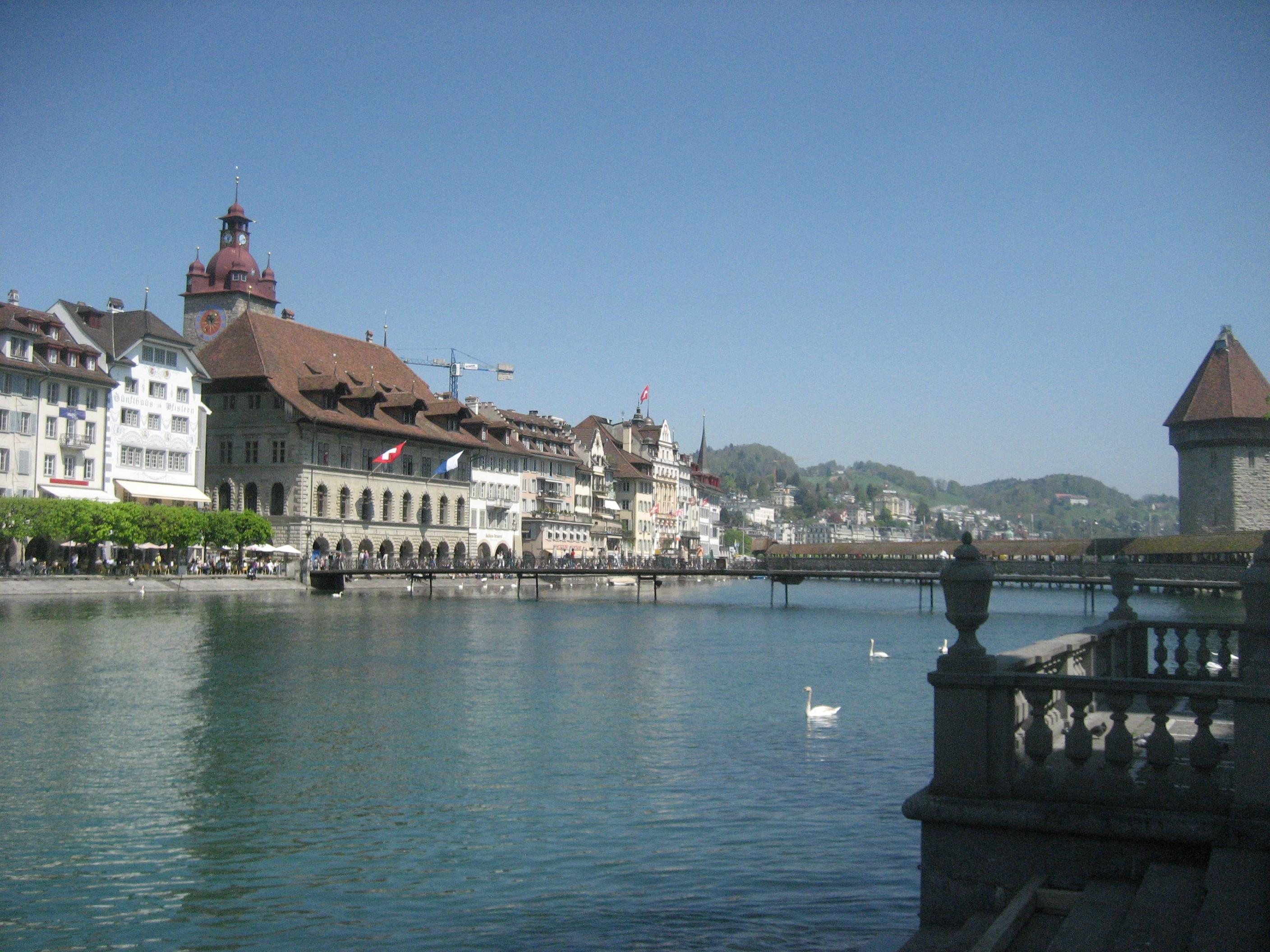
In the 1972 fanzine
Sense of Wonder #12,
Russ Manning published an enigmatic “see if you can guess” essay on
Jesse Marsh. Without naming the artist, Manning takes the reader through the progression of the mystery artist’s style, beginning with
Four Color Comics and ending with
Johnny Mack Brown. Manning situates Marsh’s style from first-hand knowledge of Marsh’s influences, but goes further by describing the difference between an artist like Gould and an artist like Foster: design versus composition. It’s a quick theoretical detour, but one Manning would come back to later in interviews about his own work. Over halfway through the piece he declares
Johnny Mack Brown #2 (featured in its entirety in
Art in Time and chosen—I swear—before I even read this article!) a masterpiece, and then explains why in as close an analysis of artistic style as I’ve read from that period. Manning gets inside the work like a fellow artist but with the enthusiasm of a fan. And Russ Manning was, in fact, a fan. He began as an Edgar Rice Burroughs fanzine artist and, via
Tarzan, made the acquaintance of Jesse Marsh, who got the younger artist his first job at Dell. Eventually, of course, Manning would succeed his mentor on
Tarzan. By the end of the piece, Manning, with rhetorical flourish, reveals his subject to be Jesse Marsh. Anyhow, these two men, so different in style, were closely linked as artists and friends. It’s a study in contrast and lineage, and also a somewhat opaque subject, since both men were very private and possessed full lives outside of comics. Maybe this independent streak, something common to the handful of comic books masters on the west coast, was recognized and respected by the two friends. In any case, here is some fine evidence of an unusual artistic friendship.

 Check out this Brian Chippendale interview from WRNI in Providence, RI.
Check out this Brian Chippendale interview from WRNI in Providence, RI.



















 CC reader and my new pal Michel Fiffe (who has a great
CC reader and my new pal Michel Fiffe (who has a great 
